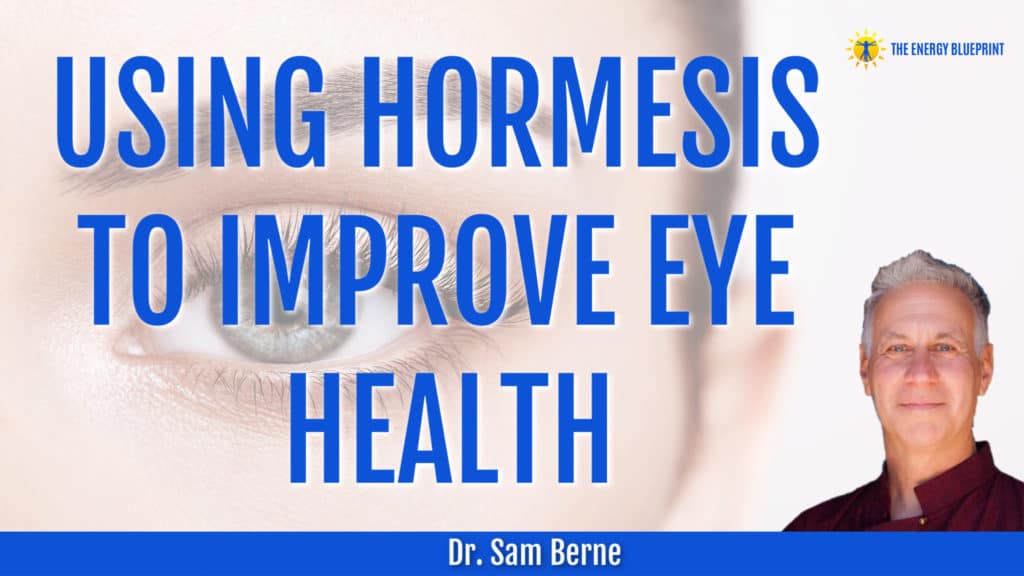 Dr. Sam Berne is a holistic optometrist. Having been diagnosed with an eye condition in early childhood, he set out on a healing journey to learn how to improve his vision. He made a full recovery, and today, he helps patients learn to naturally improve eyesight and heal the most common eye problems without surgery.
Dr. Sam Berne is a holistic optometrist. Having been diagnosed with an eye condition in early childhood, he set out on a healing journey to learn how to improve his vision. He made a full recovery, and today, he helps patients learn to naturally improve eyesight and heal the most common eye problems without surgery.
How “Blurry Vision” Helps Improve Your Eyesight

One technique to help to improve your eyesight is through the process of hormesis. Hormesis is temporary stress that challenges the system to function better by making adaptations.
There are multiple types of hormesis, but one way you can use hormesis to improve your eyesight is by wearing glasses that blur your vision. By exposing yourself to short periods of blurred vision, you stimulate mitochondria production, which contributes to better vision when you take off the glasses. An alternative method is using an eye patch, which disrupts your habitual way of focusing.
You will experience an immediate improvement in your vision following these hormetic exercises, but you must do them regularly to have long-term results.
Key Point: By inhibiting your vision through the use of glasses and eye patches, you can stimulate mitochondrial growth in your eyes and improve your eyesight. Repetition of these exercises is crucial to obtaining long-term results.
The Effects of Sunlight on Your Eye Health

Sunlight is essential for eye health. It signals to the brain that it is daytime, and it is also a fantastic tool for healing your eyes. UV light, in particular, helps to increase the production of nitric oxide in your eyes. Nitric oxide has been shown to reduce glaucoma, inflammation, and reduce dry eye, and it is also essential for sustained retinal health.
There is, however, some controversy surrounding UV, sunlight and eye health. Many optometrists will tell you to avoid sunlight and looking into the sun as it will damage your eyes, yet we need sunlight to balance our endocrine and nervous systems as well as a whole array of other systems that are dependent on exposure to sunlight.
Dr. Berne recommends at least 60 minutes of exposure to natural light every day for good eye health.
Key Point: Nitric oxide generated by UV light is essential for improving certain conditions such as glaucoma, dry eye, and for keeping the retina healthy. Exposure to natural sunlight is a great source of UV light.
The Rainbow Method—How Colors Can Change Your Eyesight
Colors seemingly have an incredible impact on your eye health. Your eyes’ photoreceptors are stimulated by exposure to different colors of light, which help open the retina and sharpen your vision.
Dr. Berne calls this method the Rainbow Method. He explains: “When I give people different frequencies of colors, I call it the rainbow method, and we look at red for two minutes, and orange, and yellow. They might say, ‘Oh, I hate red. I don’t want to look at red.’ I’ll say, ‘No, let’s stay with it because what that’s going to do is that’s going to open up your retina and your vision,’ and that’s what happens. A lot of times they will look at the colors they don’t like, and afterward, they can read 20/20 on the eye chart.”
Summary
There are three types of hormesis Dr. Berne prefers when treating his patients: temporarily blurred vision, exposure to sunlight, and color therapy. Furthermore, he recommends that you combine them in order to yield faster results that last longer.





